With the ability to transform a person’s looks, plastic surgery procedures are popular for every age group. Most plastic surgery procedures are not medically necessary which complicates the ability to know the exact numbers of people who willingly go under the knife each year. However, cosmetic surgical procedures are the most common surgeries performed in the U.S.
Trends in plastic surgery do vary from year to year, however, statistics from the American Society of Plastic Surgeons 2012 report show that certain procedures are consistently popular among certain age groups.
Teens: The Nose
The most popular cosmetic procedure among teens is rhinoplasty or reshaping the nose. By the time a child reaches their teens the nose has attained the shape and structure it will have for life. That size and shape is not always the most flattering and the self-esteem at this stage of life can be easily damaged by unkind nicknames related to the nose. This is a great time as teens approach adulthood to turn to cosmetic surgery to reshape the nose as they start high school or college.
Twenties: The Breasts
Men and women both begin to have concerns about their breasts once they’ve completely grown through puberty. Some men develop enlarged breasts making them feel self-conscious and insecure when removing their shirts to go swimming or play sports. This is the time when many men will consider gynecomastia, male breast reduction surgery.
By the time a woman reaches 20 -29 years of age, the breasts are fully formed in size and shape. The only things that can change the size at shape of the breasts once they are fully formed are changes in weight. This usually occurs due to pregnancy or lifestyle. The changes in the breasts are unpredictable and often not desirable. After breastfeeding, the breasts often lose their fullness. Many women select breast augmentation to boost their feeling of femininity and self-confidence, as well as to balance the proportions of their adult figures. Other women elect to have breast reduction surgery, which in some cases can be medically necessary.
Thirties: Body Conscious
The metabolism begins to slow down during the thirties. Despite an increase in exercise and diet, typically the body begins to deposit fat around the waist, on the back, thighs and on the abdomen. It becomes more and more difficult to fight this natural process. For many years, liposuction has been the popular choice for eliminating love handles and fat deposits on the thighs, back and abdomen. Now other less invasive procedures have also joined the list of safe options for sculpting the body and removing fat.
Forties: The Eyes
The 40’s are a time when the aging process often becomes most apparent around the eyes and forehead. This is mostly due to the fact that the skin around the eye is so delicate and prone to wrinkle. It’s easy for the face to take on a tired or sad appearance as the forehead and eyelids begin to sag. As a result this is the age period that makes eyelid and brow lifting procedures very popular.Fifty Plus: The Entire Face
In the mid-50’s men and women alike, turn to the full facelift procedure to turn back the hands of time. This is when everything tends to move downward. The cheeks typically collapse, the corners of the mouth turn down, jowls appear, the jawline loses its contour and the neck gets loose and droopy. A youthful appearance is restored either by addressing individual facial features or the entire face at once. This is the age when the facelift reaches its height of popularity.
No matter what age you are or what procedure you are considering, always seek out the surgeon whose work you respect and admire. Make sure the surgeon is Board Certified. Cosmetic surgery is so popular because it has such a positive affect on self-esteem and confidence by transforming physical appearance. And, we all know, when you look good, you feel good.

